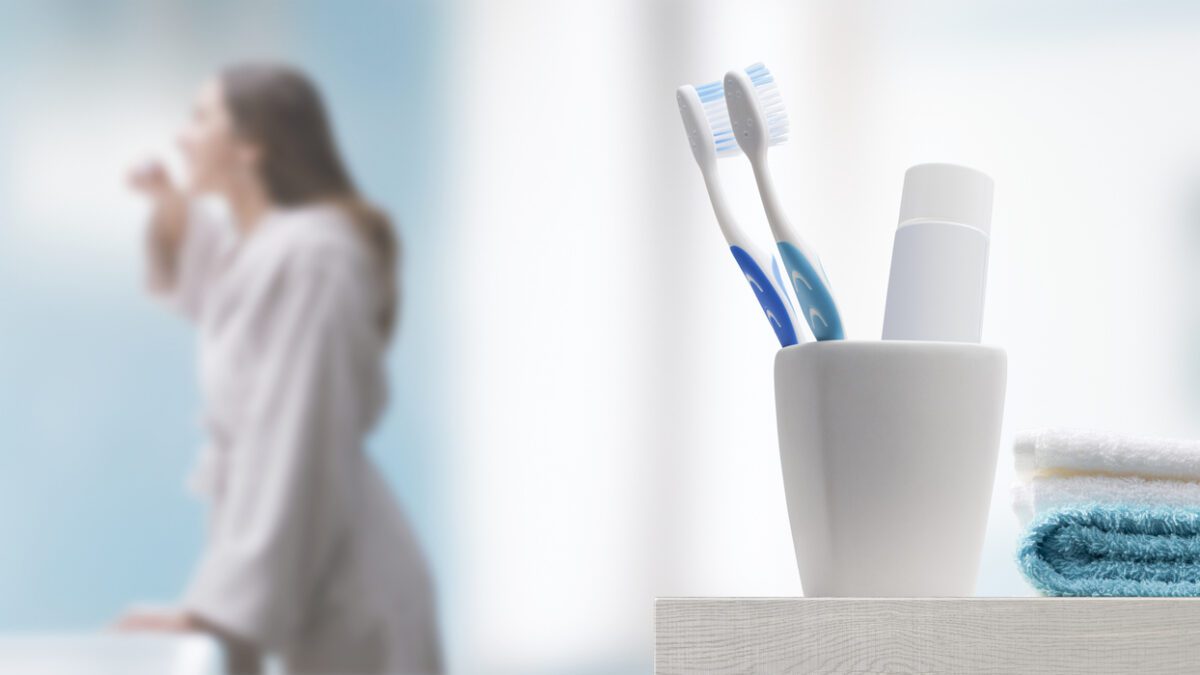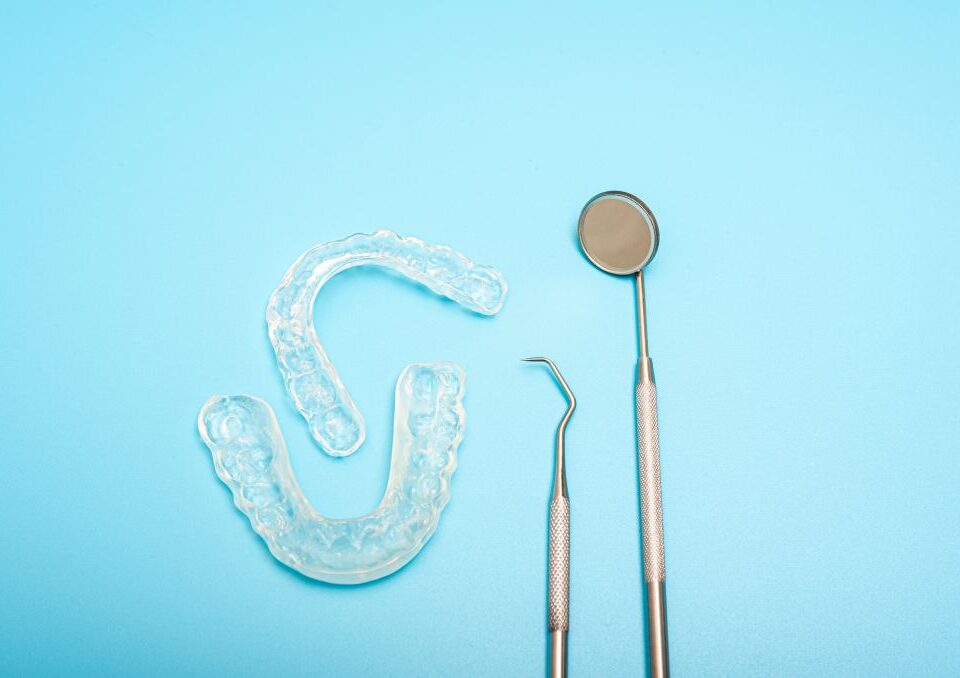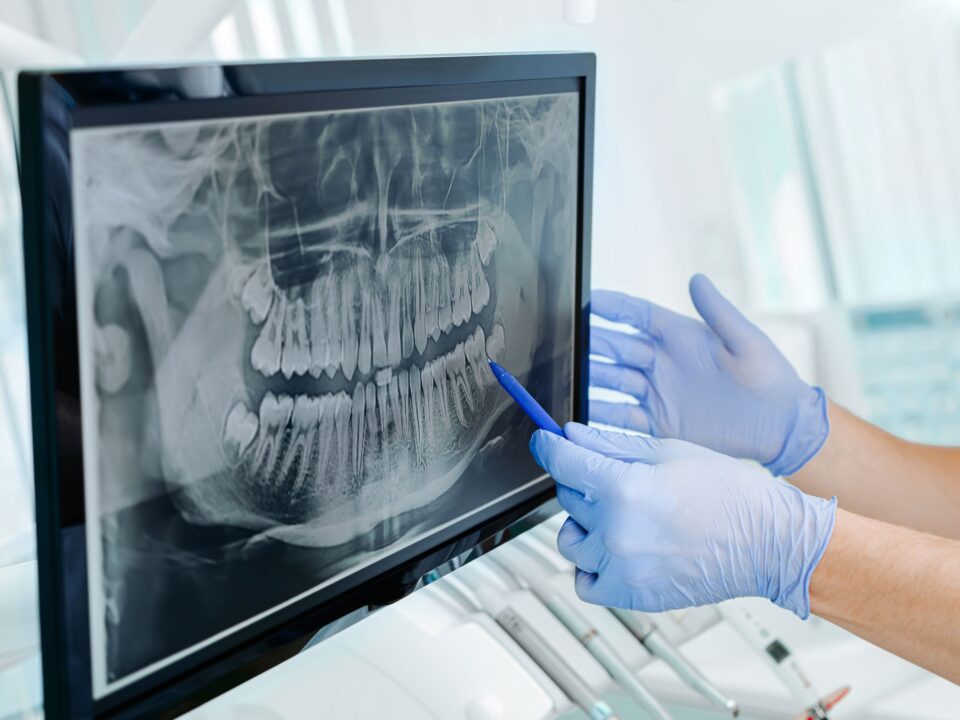Mastering oral hygiene techniques
As your trusted dental professionals in North Carolina, we believe that proper oral hygiene is the cornerstone of a healthy smile. While most of us brush and floss daily, are we doing it effectively? In this blog post, we’ll dive into the fundamentals of brushing and flossing to ensure you’re maximizing the benefits for your teeth and gums.
Brushing Techniques
Brushing your teeth seems like a straightforward task, but there are techniques that can make a significant difference in your oral health:
- Choose the Right Toothbrush: Opt for a soft-bristled toothbrush that can effectively clean your teeth without causing damage to your enamel or gums. Electric toothbrushes are also an excellent choice as they provide consistent and thorough cleaning.
- Proper Brushing Motion: Hold your toothbrush at a 45-degree angle to your gums and brush gently in circular motions. Be sure to clean the outer, inner, and chewing surfaces of your teeth, as well as your tongue to remove bacteria and freshen your breath.
- Duration: Brush your teeth for at least two minutes, twice a day. Set a timer or play your favorite song to ensure you’re brushing for the recommended duration.
Flossing Techniques
Flossing is equally essential for maintaining good oral hygiene as it helps remove plaque and food particles from areas that your toothbrush can’t reach:
- Choose the Right Floss: There are various types of dental floss available, including waxed, unwaxed, flavored, and tape. Choose one that you find comfortable to use and effectively removes debris from between your teeth.
- Proper Technique: Take a piece of floss about 18 inches long and wrap it around your middle fingers, leaving about two inches of floss between them. Gently slide the floss between your teeth using a back-and-forth motion, making sure to curve it around the base of each tooth to clean below the gumline.
- Be Gentle: Avoid snapping the floss into your gums, as this can cause irritation and bleeding. Instead, use a gentle sawing motion to ease the floss between tight spaces.
Additional Tips
- Rinse Thoroughly: After brushing and flossing, rinse your mouth with water or mouthwash to remove any remaining debris and leave your mouth feeling fresh.
- Replace Your Toothbrush: Replace your toothbrush or toothbrush head every three to four months, or sooner if the bristles become frayed.
- Visit Your Dentist Regularly: Even with excellent oral hygiene habits, regular dental check-ups are essential for maintaining your oral health. Your dentist can detect any issues early and provide professional cleanings to keep your smile bright and healthy.
Conclusion
By following these simple tips for proper brushing and flossing, you can maintain a healthy smile and prevent common dental problems such as cavities, gum disease, and bad breath. Remember, consistency is key, so make oral hygiene a priority in your daily routine. If you have any questions or concerns about your oral care routine, don’t hesitate to reach out to one of our dental offices in Fayetteville, Eastover, Hope Mills, St. Pauls, Raeford, or Laurinburg. We’re here to help you achieve optimal oral health and a beautiful smile!




